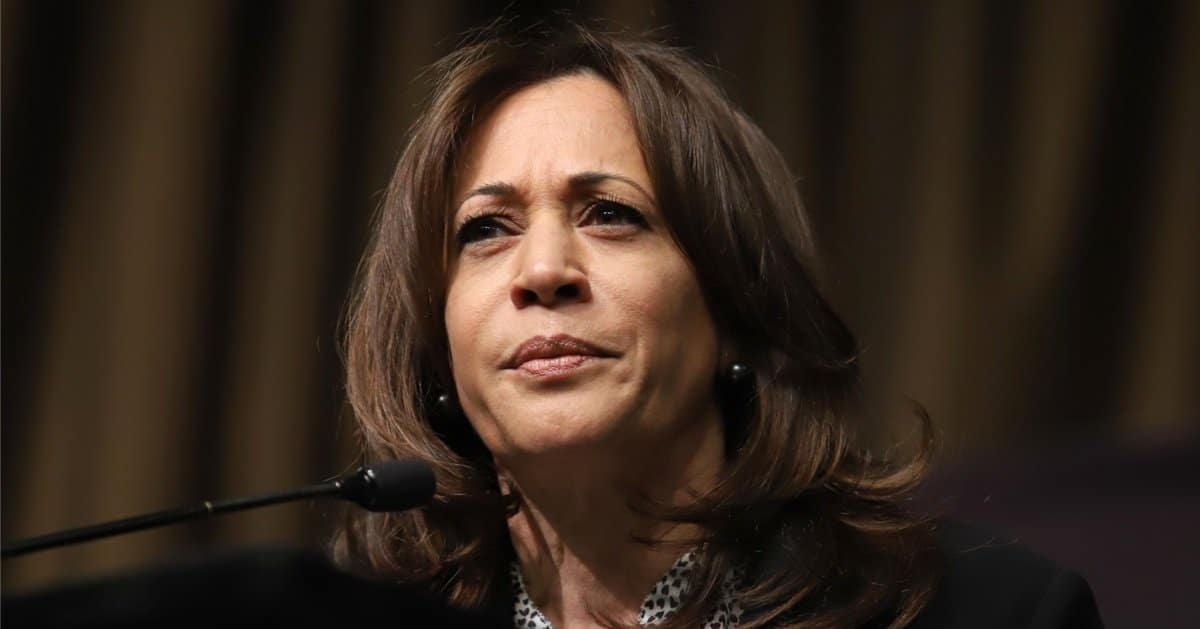




Ohio voters will face new limitations on the use of ballot drop boxes in the upcoming election as a result of a directive issued by Secretary of State Frank LaRose.
BG Independent News reported that the order mandates that voters may only submit their own ballots at the drop boxes, marking a significant shift from past practices, which allowed for the submission of family members’ ballots as well.
The directive has sparked debate, as some see it as a step toward preventing fraud, while others, including Ohio’s governor, question the need for such a change.
The new restrictions will require voters who wish to submit a family member’s ballot to visit the Board of Elections during office hours and complete additional paperwork, adding new hurdles for both voters and election workers.
Election officials have expressed concerns about the potential burdens the directive will place on both voters and the staff tasked with enforcing it.
Terry Burton, Director of the Wood County Board of Elections, highlighted the widespread use of ballot drop boxes in previous elections. According to Burton, “It’s not uncommon for spouses to bring in ballots. People have used the drop box with regularity.”
The new rules mean that voters will no longer be able to submit ballots on behalf of family members without navigating additional steps.
Voters must now visit the Board of Elections office during operating hours, which could present an inconvenience for those with limited schedules. This shift is expected to increase workloads for election workers, as they will need to process the required paperwork for these submissions.
“This is going to be a burden on our office and the voters,” Burton stated, expressing concern about the potential for additional stress on staff and resources.
Another element of the directive is the requirement for cameras to monitor all ballot drop boxes in the state. This addition is part of an ongoing effort to maintain the integrity of the voting process. Secretary LaRose has even suggested that state leaders consider eliminating drop boxes altogether in future elections.
However, no evidence of widespread voter fraud has been reported in Ohio, and the proposal to remove drop boxes has met with skepticism from both voters and state officials.
Burton, reflecting on the role of drop boxes, remarked, “I feel the drop box has been a positive public service.
The people like the convenience and the reliability of dropping it off, rather than putting it in the mail.” Many voters have expressed their preference for drop boxes over mailing absentee ballots, finding the system more reliable and secure.
Governor Mike DeWine has been one of the more prominent voices questioning the need for these new restrictions.
DeWine, who has defended Ohio’s existing election procedures, said, “Look, I have said consistently that I think we do a very good job in Ohio running elections. I think anyone who wants to change what we do has a burden of proof of showing that there’s a problem with what we do now.”
DeWine’s statement reflects broader concerns that the changes could complicate an election system that, according to state officials, has functioned effectively. The governor’s remarks underscore a growing tension between ensuring voter access and implementing additional safeguards against potential fraud.
The directive also carries significant legal implications for those who do not comply with the new rules. Anyone caught submitting absentee ballots on behalf of individuals not on the approved list, which includes a limited number of family members, could face a fourth-degree felony charge.
This legal risk may deter some voters from offering assistance to family members or neighbors who are unable to submit their ballots themselves.
As election day approaches, these legal stipulations may further complicate voter turnout and access, particularly for those who rely on others to submit their ballots.
Despite the added restrictions, Ohio is gearing up for a busy election season. Early voting is set to begin on October 8, with election day scheduled for November 5. The Wood County Board of Elections is already anticipating high turnout based on historical voting patterns. In the last election, roughly 4 million Ohioans cast their ballots, with 25% opting to vote absentee.
“We’re going to have a busy election,” Burton predicted, noting the expected high volume of voters. However, with the additional paperwork and enforcement of the new directive, election workers will be tasked with navigating the logistical challenges brought on by these new regulations.



